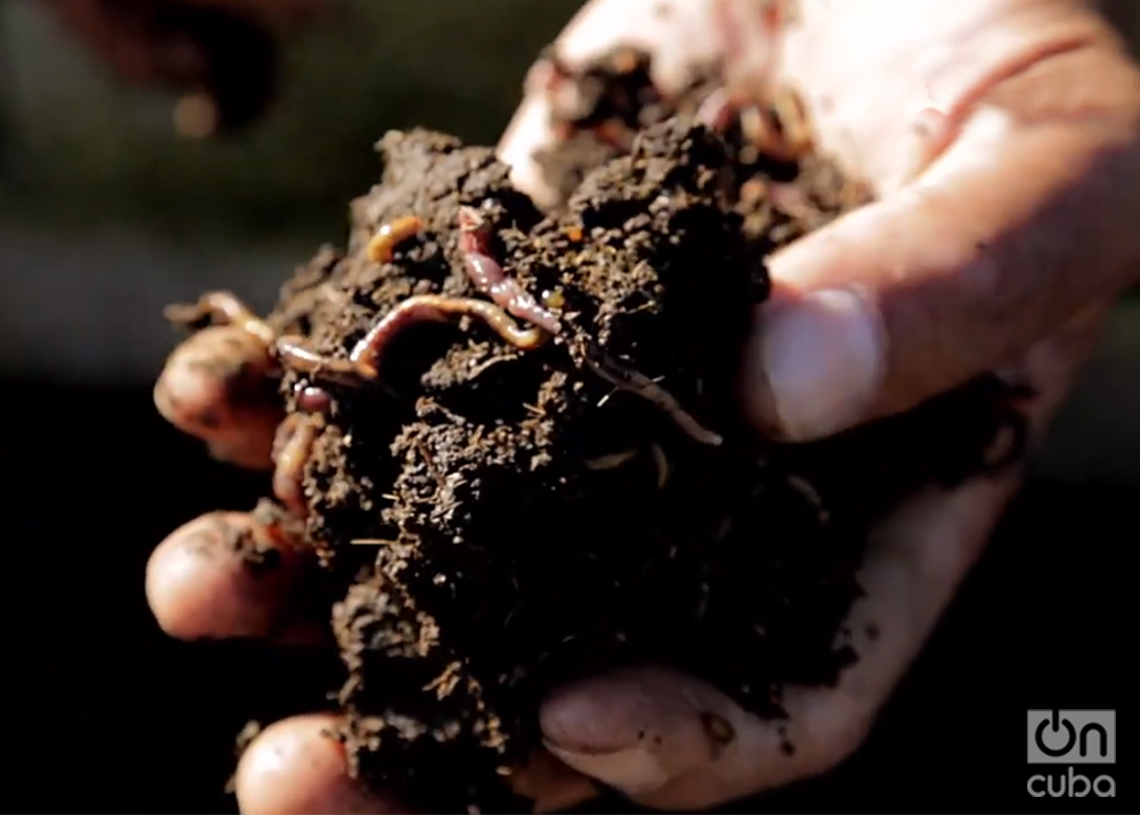The Audiovisual Catalog of Agroecological Technologies (CATA) is a project that might seem like it was made to order, but it is actually an initiative that occurred to me and that ended up being collective, that is a principle of every agroecological project.
After several jobs at the Indio Hatuey Pasture and Forage Experimental Station of the University of Matanzas, I realized that scientific research that correlates with production practices had —and still has— limited dissemination. This is due, among other things, to the fact that in order to make its disclosure possible, time is needed to read pages and pages in academic language, and resources to be able to move from one place to another. So I thought that summarizing, showing and giving the word to scientists and producers in small audiovisual capsules could help spread this knowledge.
Thus, managing and gaining allies, three volumes have been made, of which two are made in Cuba.
For me it is a satisfaction to be able to do this project that has no end, because I have discovered that there is infinite knowledge that allows us to produce in an environmentally friendly way, in many latitudes, in different biological floors, in different contexts, so I will continue doing it. while I have strength.
Cuba, out of necessity, had to develop —or rather recover— agroecological agriculture, as Miguel Salcines said, referring to the 1990s “either we produced agroecologically, or we starved to death”, so from there began a long work by scientists and peasants to raise awareness that these methods are necessary, not only to feed us, but also to preserve us as a species and to save the planet. Therefore, agroecology, in addition to a form of production, is a political position.
We will present in OnCuba the CATA series carried out in Cuba. There are two volumes and each of them has 10 capsules.
WORM CULTURE
Vermiculture is a series of operations related to the breeding and production of worms and the treatment by means of them and organic waste for recycling in the form of fertilizer called earthworm humus or vermicompost.
Earthworm humus is one of the most used ecological fertilizers and its production on a small, medium and large scale is simple and does not require large inputs.






